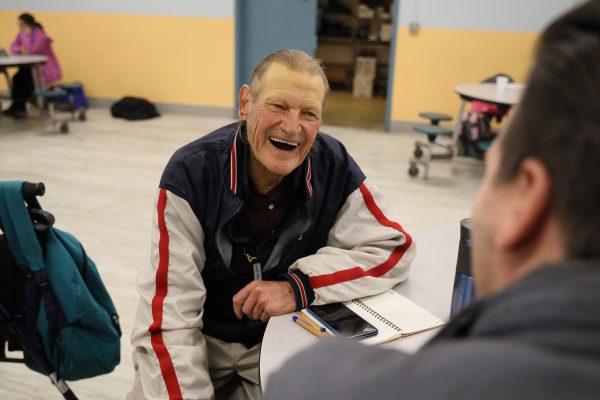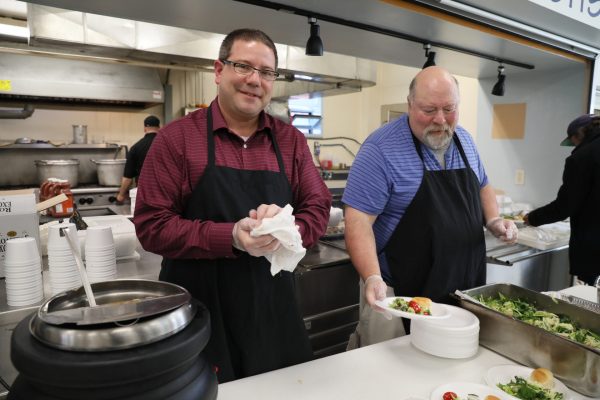-
Housing Programs
A home is a fundamental human need. We provide several housing options to support low-income families and individuals experiencing homelessness.
Housing Programs
A home is a fundamental human need. We provide several housing options to support low-income families and individuals experiencing homelessness.
-
-
Join us for the 34th Annual Walk Against Hunger
Register by March 31st @ 11:59 PM to be entered to win a YETI Cooler!
Join us for the 34th Annual Walk Against Hunger
Register by March 31st @ 11:59 PM to be entered to win a YETI Cooler!
Our mission in action in 2023
With your help, we delivered comprehensive services to a number of people in need last year through housing, emergency shelter, substance use treatment, and food programs.
14,457
individuals served
3,700
households provided groceries
1,055
individuals provided with emergency shelter
374
individuals provided with substance use treatment
How We Help
Anyone can find themselves in a difficult situation
At Families in Transition, we create collaborative relationships with our clients and provide vital services to empower individuals and families. We believe that every person should have the support they need to meet their goals and be treated with dignity and respect on their journey.

Housing
A safe, secure home opens doors—to health and wellness, employment, education and more. Without a safe home, it can be hard to survive, let alone thrive.

Our Services
There is no one size fits all. With a comprehensive approach, we meet every person where they are at and arm them to achieve the best possible outcomes for their future.
Make a Difference
At the heart of everything we do are individuals and organizations that choose to donate their time, money and services to help us make a difference in the lives of so many.
Make a Difference
At the heart of everything we do are individuals and organizations that choose to donate their time, money and services to help us make a difference in the lives of so many.
Every Day at Families in Transition
A 2-minute snapshot of the work and services we provide every day for members of our community.